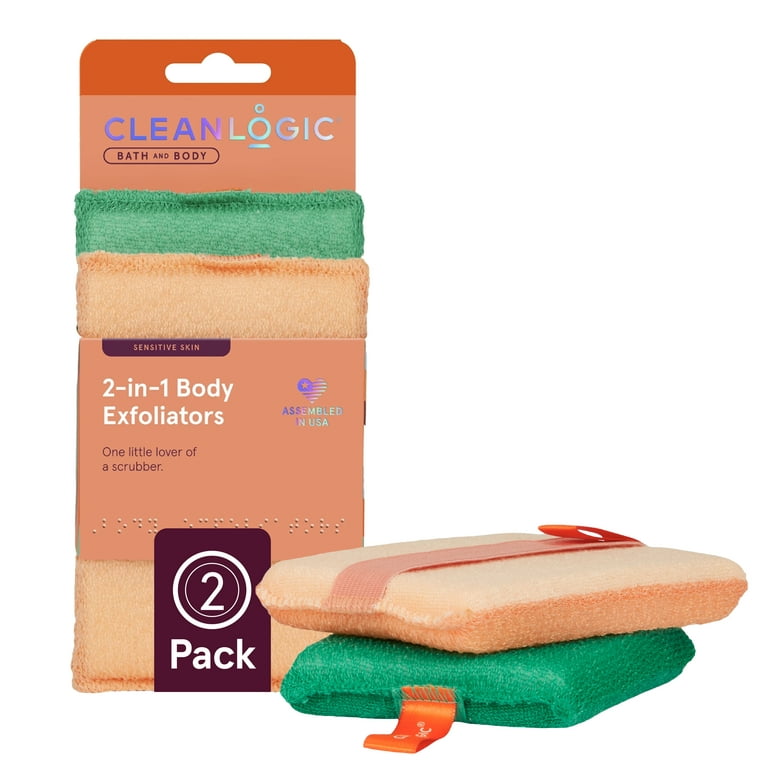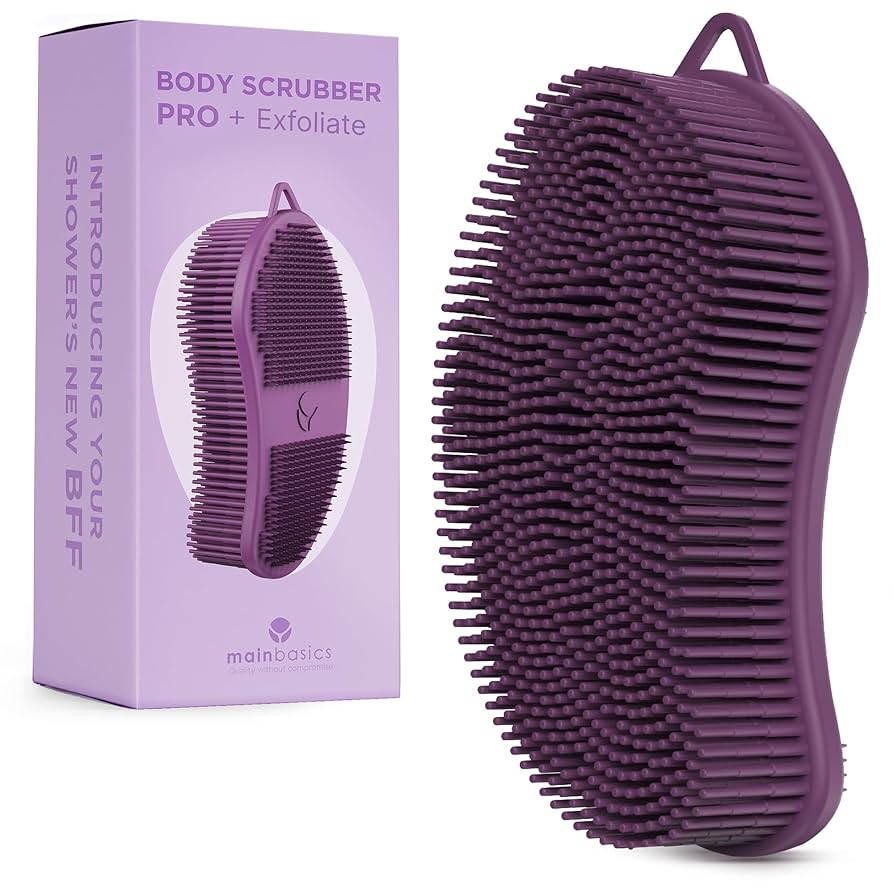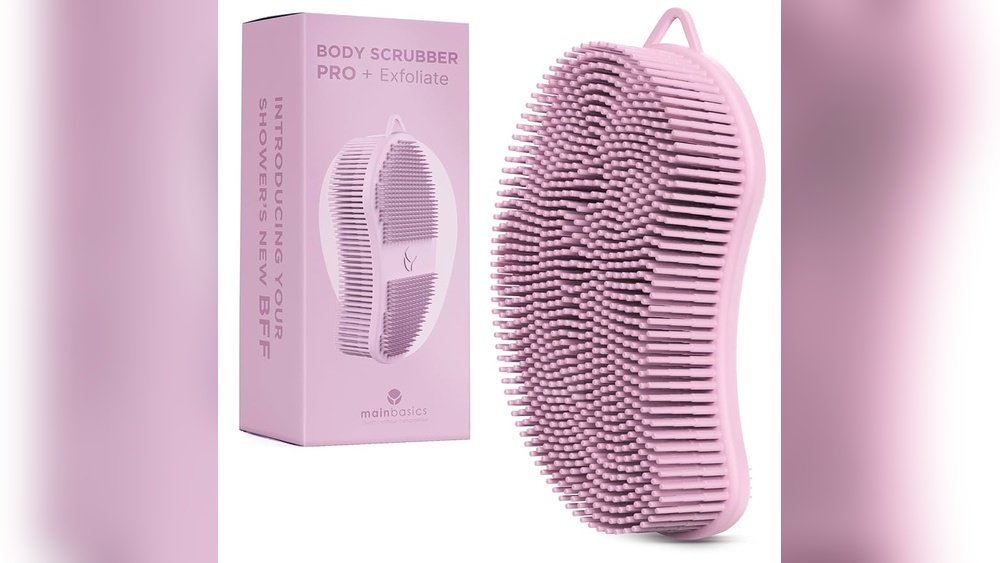You want smooth, glowing skin without the irritation that often comes with exfoliation. But harsh scrubs and strong acids can leave your skin red, sensitive, and unhappy.
What if there was a way to refresh your skin gently, without the discomfort? You’ll discover gentler alternatives to traditional exfoliation that protect your skin’s natural barrier while still removing dead cells. Whether you have sensitive, dry, or combination skin, these mild options can help you achieve a radiant complexion safely.
Keep reading to find out how to exfoliate smarter, not harder, and give your skin the care it truly deserves.
Gentle Chemical Exfoliants
Gentle chemical exfoliants offer a mild way to refresh your skin. They remove dead cells without harsh scrubbing or irritation. These exfoliants suit sensitive skin and help improve texture and brightness. Understanding different types helps you choose the best one for your skin.
Polyhydroxy Acids (phas)
PHAs are gentle acids with larger molecules than AHAs. Their size slows skin penetration, reducing irritation. PHAs also hydrate the skin while exfoliating. They provide antioxidant benefits and soothe sensitive or dry skin. Gluconolactone is a common PHA used in skincare.
Lactic Acid
Lactic acid is a mild Alpha Hydroxy Acid (AHA). It exfoliates dead skin cells gently and moisturizes the skin. This acid is softer than glycolic acid and suits sensitive skin well. Regular use helps brighten and smooth skin without dryness or redness.
Enzyme-based Exfoliants
Enzyme exfoliants use natural enzymes from fruits like papaya and pumpkin. These enzymes break down dead skin cells without friction. This method is soothing and avoids physical scrubbing. It leaves the skin feeling soft and refreshed, perfect for delicate skin types.

Credit: www.walmart.com
Mild Physical Exfoliants
Mild physical exfoliants offer a softer way to refresh your skin. They remove dead cells without harsh scrubbing. These options suit sensitive skin and help maintain a healthy glow. Gentle textures and natural ingredients reduce irritation risks. Mild physical exfoliants balance cleansing with care, leaving skin smooth and bright.
Rice-based Exfoliants
Rice-based exfoliants use finely milled rice powder or rice bran. These particles provide gentle texture that polishes skin softly. They remove dead skin cells without scratching or causing redness. Rice contains antioxidants and nutrients that nourish the skin. This type of exfoliant suits dry and sensitive skin well. It helps brighten and smooth skin with minimal irritation.
Peeling Gels
Peeling gels combine mild physical action with fruit enzymes. When massaged on damp skin, they form small clumps that roll away dead cells. These gels often include natural enzymes from pineapple or pomegranate. The process is gentle and does not damage the skin barrier. Peeling gels leave skin feeling refreshed and soft without dryness. They work well for those who want mild but effective exfoliation.
Soothing Ingredients To Look For
Soothing ingredients help calm the skin and reduce irritation. They support gentle skin care routines without harsh effects. Including these ingredients in your skincare products can protect and nourish your skin. They work well as alternatives to strong exfoliation methods.
Aloe Vera
Aloe vera is a natural moisturizer and healer. It soothes redness and cools irritated skin quickly. Aloe contains vitamins and antioxidants that help skin repair itself. It also hydrates the skin deeply without clogging pores. This makes aloe vera ideal for sensitive or dry skin types.
Niacinamide
Niacinamide, also known as vitamin B3, strengthens the skin barrier. It reduces inflammation and helps even out skin tone. This ingredient improves skin texture and controls oil production. Niacinamide is gentle enough for daily use and supports overall skin health. It calms irritation caused by other skincare steps.
Exfoliation Frequency And Techniques
Exfoliation helps remove dead skin cells and reveals fresh skin underneath. The frequency and method used affect skin health. Using gentle techniques can prevent irritation and damage. Understanding how often and how to exfoliate is key to maintaining smooth skin.
Start Slowly
Begin exfoliating once or twice a week. This allows your skin to adjust without stress. Monitor how your skin feels after each session. If irritation occurs, reduce frequency or stop.
Gradually increase exfoliation only if skin tolerates it well. Overdoing exfoliation strips natural oils and causes dryness. Slow introduction keeps skin balanced and healthy.
Avoid Harsh Scrubs
Harsh scrubs with large, rough particles can damage skin. They create micro-tears and increase sensitivity. Choose gentle alternatives like enzyme-based or chemical exfoliants.
Physical scrubs with rice powder or peeling gels are less abrasive. They remove dead skin without causing redness or discomfort. Avoid scrubs with sharp shells or coarse beads.
Sun Protection After Exfoliation
Exfoliation removes dead skin cells but also makes skin more sensitive to sunlight. This sensitivity increases the risk of sunburn and damage. Protecting skin after exfoliation is crucial to keep it healthy and glowing.
Sun protection helps prevent redness, irritation, and long-term harm. It supports skin healing and maintains the benefits of exfoliation. Using gentle, effective sun care products is key after exfoliating.
Choose A Broad-spectrum Sunscreen
Broad-spectrum sunscreens block both UVA and UVB rays. These rays can cause skin aging and sunburn. Look for sunscreens with SPF 30 or higher for adequate protection. Apply sunscreen generously on all exposed skin areas.
Apply Sunscreen Immediately After Exfoliation
Skin is extra vulnerable after exfoliation. Apply sunscreen right after your skincare routine. This shields your skin from harmful rays and soothes sensitivity. Reapply every two hours when outdoors to maintain protection.
Wear Protective Clothing And Accessories
Clothing adds another layer of defense against the sun. Use wide-brimmed hats and sunglasses to protect your face and eyes. Lightweight, long-sleeved shirts can reduce direct sun exposure on your skin.
Avoid Direct Sun Exposure During Peak Hours
The sun’s rays are strongest between 10 a.m. and 4 p.m. Minimize outdoor activities during this time. Seek shade or stay indoors to reduce the risk of sun damage after exfoliating.

Credit: www.evanhealy.com

Credit: www.amazon.com
Frequently Asked Questions
What Is The Gentlest Form Of Exfoliation?
The gentlest exfoliation uses Polyhydroxy Acids (PHAs), lactic acid, or enzyme-based exfoliants. These minimize irritation and hydrate sensitive skin.
What Can You Use Instead Of Exfoliants?
Use gentle alternatives like Polyhydroxy Acids (PHAs), lactic acid, or enzyme-based exfoliants from pumpkin or papaya. Rice-based powders and peeling gels also provide mild exfoliation without irritation.
What Is The Most Gentle Way To Exfoliate Your Body?
The gentlest way to exfoliate your body uses mild chemical exfoliants like PHAs, lactic acid, or fruit enzyme-based products. These break down dead skin cells softly without irritation. Start slowly, avoid harsh scrubs, and always moisturize and apply sunscreen afterward for protection.
How To Exfoliate If You Have Sensitive Skin?
Use gentle chemical exfoliants like PHAs, lactic acid, or enzyme-based products. Exfoliate once or twice weekly. Avoid harsh scrubs. Choose soothing formulas with aloe vera or niacinamide. Always apply sunscreen after exfoliating to protect sensitive skin.
Conclusion
Choosing gentler exfoliation methods helps protect your skin’s health. PHAs, lactic acid, and enzymes gently remove dead skin cells. These options reduce irritation and keep skin hydrated. Rice-based exfoliants and peeling gels offer mild physical exfoliation without harsh scrubbing. Start exfoliating slowly and pick soothing products to avoid redness.
Always use sunscreen afterward to protect your skin from sun damage. Gentle exfoliation supports smoother, brighter skin without discomfort. Your skin will thank you for a softer, safer routine.
 Skip to content
Skip to content 